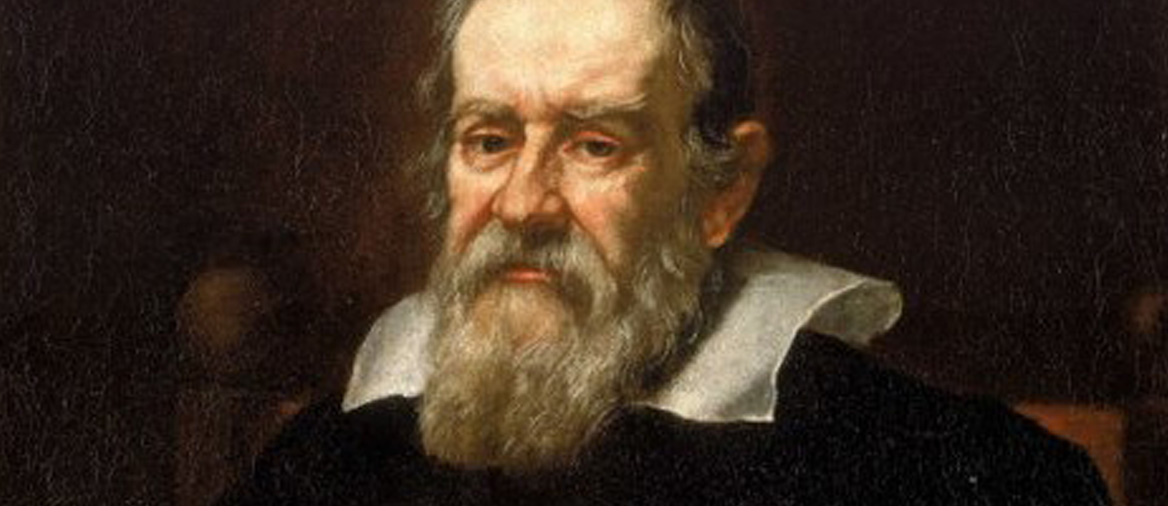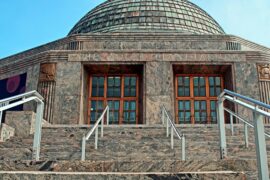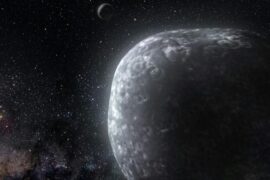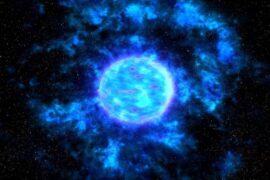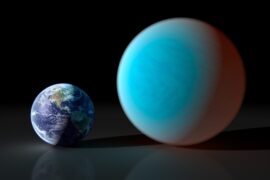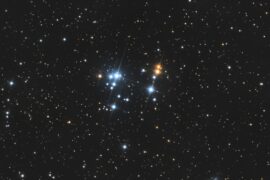The 17th century marked a pivotal moment in humanity’s understanding of the cosmos. With the invention and refinement of the telescope, astronomers could peer deeper into the night sky than ever before. This revolutionary period transformed astronomy from a naked-eye science into an instrumental discipline.
In this article, we’ll look at the major discoveries in astronomy that occurred during this period as well as the major key astronomers who played a big role in advancing it.
Telescope Advancements
In 1609, Galileo Galilei turned his improved telescope toward the heavens, initiating a new era of astronomical discovery. His initial telescope, though modest by modern standards, achieved a magnification of 20x, revealing countless previously invisible stars.
Early telescopes of the period typically featured:
- Refracting designs with glass lenses
- Magnification ranges of 20x to 50x
- Wooden or brass tubes
- Simple mounting systems
Key Figures in 17th Century Astronomy
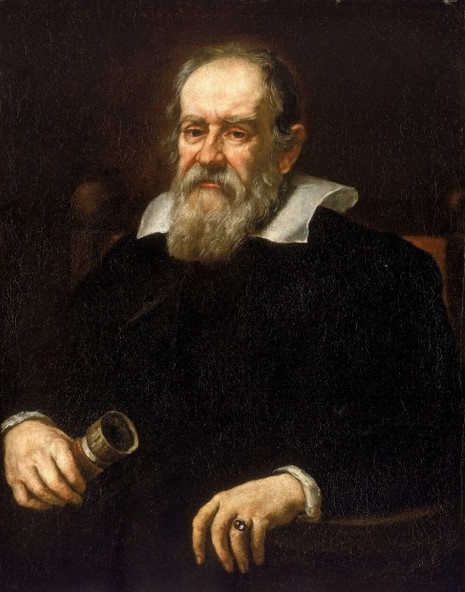
The following people were the major key astronomers of this period. Below each of their name, you will find a list of their achievements and discoveries that helped bring stargazing forward.
Galileo Galilei (1564-1642)
The father of observational astronomy, Galileo revolutionized our understanding of the stars through his pioneering use of the telescope. His contributions include:
- Construction of his own improved telescope designs
- First telescopic observations of the Pleiades cluster, revealing 36+ stars
- Documentation of the Milky Way as composed of countless individual stars
- Development of systematic stellar observation methods
Notable quote: “I have been observed ninety fixed stars in the Pleiades, whereas only seven or eight are ordinarily visible to the naked eye.” – Sidereus Nuncius, 1610
Johannes Hevelius (1611-1687)
The last major astronomer to work extensively without telescopic sights, Hevelius combined naked-eye precision with telescopic observation:
- Created Uranographia, the most detailed star atlas of its time
- Discovered several variable stars, including the periodic variable χ Cygni
- Built Europe’s largest observatory with instruments of unprecedented precision
- Cataloged over 1,500 stars with improved position accuracy
Technical achievements:
- Observatory equipment included quadrants up to 6 feet in radius
- Achieved angular measurements accurate to 1 arcminute
- Developed improved telescope mounting systems
Giovanni Battista Riccioli (1598-1671)
A meticulous observer who made significant contributions to double star astronomy:
- First systematic catalog of double stars
- Developed new methods for measuring stellar separations
- Created improved star brightness classification system
- Documented over 100 double stars
Observational methods:
- Used multiple witnesses to verify observations
- Implemented standardized recording procedures
- Developed cross-verification techniques
Christiaan Huygens (1629-1695)
A polymath who advanced both observational techniques and telescope technology:
- Discovered the Orion Nebula’s true nature and the Trapezium cluster
- Invented the aerial telescope for improved stellar observation
- Developed new lens grinding and polishing techniques
- Created improved eyepiece designs
Technological innovations:
- Aerial telescopes achieving focal lengths up to 210 feet
- Advanced achromatic lens designs
- New methods for precision optical grinding
Johannes Kepler (1571-1630)
Though better known for planetary studies, Kepler made significant contributions to stellar astronomy:
- Developed new theories of stellar composition
- Studied supernova SN 1604 (Kepler’s Star)
- Advanced understanding of optical principles for telescopes
- Created improved methods for calculating stellar positions
Antoni van Leeuwenhoek (1632-1723)
Better known for microscopy, he made important contributions to telescope design:
- Created high-quality single-lens objectives
- Achieved unprecedented magnification clarity
- Documented several double stars
- Improved lens grinding techniques
Maria Cunitz (1610-1664)
One of the few female astronomers of the period:
- Published improved stellar position tables
- Developed new methods for calculating stellar locations
- Created simplified techniques for astronomical calculations
- Advanced understanding of variable star behavior
Major Stellar Discoveries

Key 17th Century Stellar Discoveries
The following are the major astronomical discoveries of the 17th century (1601-1700). Below you will find a more detailed description of each.
| Year | Star/Object | Discoverer | Modern Designation | Significance |
|---|---|---|---|---|
| 1596 | Mira | David Fabricius | Omicron Ceti | First documented variable star |
| 1610 | Pleiades Stars | Galileo Galilei | M45 members | First telescopic cluster study |
| 1617 | Betelgeuse variations | Jean Baptiste Morin | Alpha Orionis | Early supergiant observation |
| 1656 | Trapezium | Christiaan Huygens | θ¹ Orionis | First multiple star system |
Mira
The discovery of Mira (Omicron Ceti) marked astronomy’s first documented variable star. David Fabricius observed it in 1596, but its true nature was understood during the early 1600s.
Galileo’s Pleiades Observations
In 1610, Galileo turned his telescope toward the Pleiades cluster, revealing dozens of previously invisible stars. His drawings showed 36 stars, far more than the six or seven that are visible to the naked eye.
The Orion Revelation
Christiaan Huygens’s 1656 discovery of the Trapezium in the Orion Nebula demonstrated the power of improved telescopes. His observation revealed the first documented multiple star system.
Technical Innovations and Methods
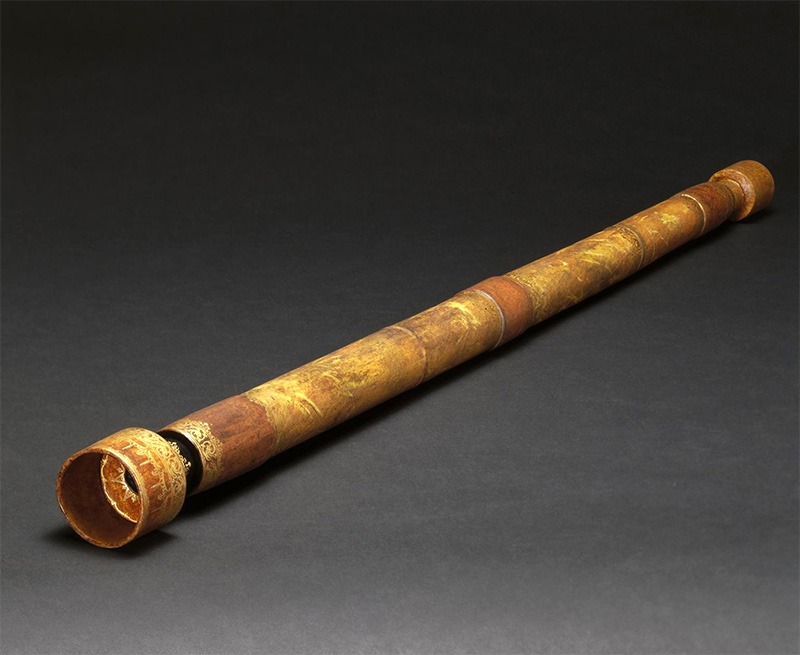
The following is a quick summary of the major technological advancements of the time that helped push astronomy forward.
Observational Techniques
17th-century astronomers developed several innovative methods:
- Star charting using grid systems
- Magnitude estimation scales
- Cross-wire micrometers
- Systematic recording protocols
Instrumental Developments
Key technological advances included:
- Improved lens grinding techniques
- Longer focal length telescopes
- Better mounting systems
- More accurate timing devices
Fun Facts and Frequently Asked Questions
How did astronomers discover stars in the 17th century?
Astronomers primarily used newly invented telescopes, combined with systematic observation methods and careful record-keeping. They compared star positions and brightness levels over time, documenting any changes or new objects they observed.
What tools did 17th-century astronomers use?
Primary tools included:
- Refracting telescopes
- Cross-staff measurements
- Star charts and catalogs
- Time-keeping devices
- Angular measurement tools
How many stars were discovered in the 17th century?
While exact numbers are difficult to determine, documented new stellar discoveries numbered in the thousands. Galileo alone reported observing over 300 previously unknown stars in the Pleiades cluster.
Who was the most important astronomer of the 17th century?
While Galileo Galilei is often considered the most influential due to his pioneering telescopic observations, others like Johannes Hevelius and Christiaan Huygens made equally important contributions to stellar astronomy.
What was the most significant star discovery of the 1600s?
The discovery and documentation of Mira as a variable star represented the most significant stellar finding, as it demonstrated that stars could change in brightness—a concept that revolutionized astronomical understanding.
Enjoyed this article?
Get daily 10-minute PDFs about astronomy to read before bed!
Sign up for our upcoming micro-learning service where you will learn something new about space and beyond every day while winding down.

